
13 Dec, 2022
For organizations today, focusing on the customer experience is essential. In today's customer-centric business environment, your brand's or organization's impression is crucial for obtaining optimum results. Therefore, you can only develop a brand or business holistically using customer relationship management (CRM) software that enables effective customer experience management (CXM).
Large amounts of data must be evaluated and produced constantly by clients interacting with your brand, your company's website, or your product. If the final aim is to create changes, your brand engagement planning must be based on the insights from this data. As a result, in this post, we'll explain what CRM-based customer experience management is and what some of the top CXM systems on the market actually do.
CEM is a collection of approaches used to foster the bond that a client forms with a company, organisation, or product. While the majority of CRM platforms focus primarily on turning prospects into customers, CXM technologies, which are frequently incorporated into these platforms, take a more comprehensive approach.
CXM techniques entail the manipulation of linked metrics and qualitative client data. The customer experience journey is meticulously divided into a number of crucial touchpoints, and strategies are developed to include the consumer in the context of each touchpoint. Experience, engagement, and general satisfaction are prioritized in CXM-driven marketing initiatives.
You may develop deeper insights into the experiences of your customers by promoting collaboration between CRM and CXM platforms and systems. Any aspirational brand or company that wants to be the market leader must offer services and products that are focused on the needs of the consumer. CXM offers the practical knowledge required to create engaging experiences for customers.
Approximately 2.5 quintillion bytes of customer data are produced every day on channels that businesses do not directly own or control, according to Sprinklr's analysis. Through these channels, customers interact with the brand and provide extremely insightful information about their motivations and expectations for the company going forward.
A brand or business can benefit from the following CXM key competencies:
Customer Data Connected: Sales and marketing teams may link unstructured data from various customer channels to the Customer Data Platform using CXM software solutions (CDP). These external channels, such as social media sites, blogs, forums, and other online communities, frequently produce uninvited, real-time social data. CXM solutions create end-to-end customer data that may be included in marketing, care procedures, and product development in order to create secure social intelligence based on consumer behavior.
Value-Based Investment Advice: If businesses can gain insightful engagement data from customer interactions via external channels, they will be better able to plan investments for customer care initiatives. Based on this information, businesses may predict customer behavior and take quick, effective action. Real-time impact analytics are used to put customer demands at the center of investment plans.
AI listening: Some of the top CXM technologies on the market today are driven by AI engines that assist in gathering customer input at scale as needed. To recognize important industry trends, you must study the comments on your product offers and web presence. These insights into client feedback are paired with data obtained by the AI engines on the market movements of rivals. Combining these facts creates chances to more efficiently take advantage of current client wants.
Risk reduction: Staying up to date on news events that are relevant to your industry and the kind of items you sell will help you be ready for any crises involving your brand. The business is better equipped to make proactive, educated decisions about branding when CXM tools are implemented at the appropriate touch points in the customer journey map. However, the reach of these choices should extend beyond your owned media platforms to a wide range of outside contact points as well.
Unified Social Engagement: CXM allows for the activation of all social engagement enablements. Corporate governance, listening to external channels like social media, compliance, sandbox testing, and other methods may all be used to do this for the consumers. To satisfy growing client needs, you may guarantee an exponential expansion of customer data across a wide range of channels.
The CXM platform guides you through setting up customer journey listening. It covers the procedures for gathering the required data, creating the CXM case, and connecting all of your customer data forms to the CXM. The entire process includes the steps listed below:
With the appropriate CXM technologies, you can make sure that each customer dialogue taking place across a variety of digital platforms is timely, relevant, and consistent with any brand or business. You may design customer experiences that are simpler, faster, safer, and more inexpensive with the aid of an optimal CXM approach.

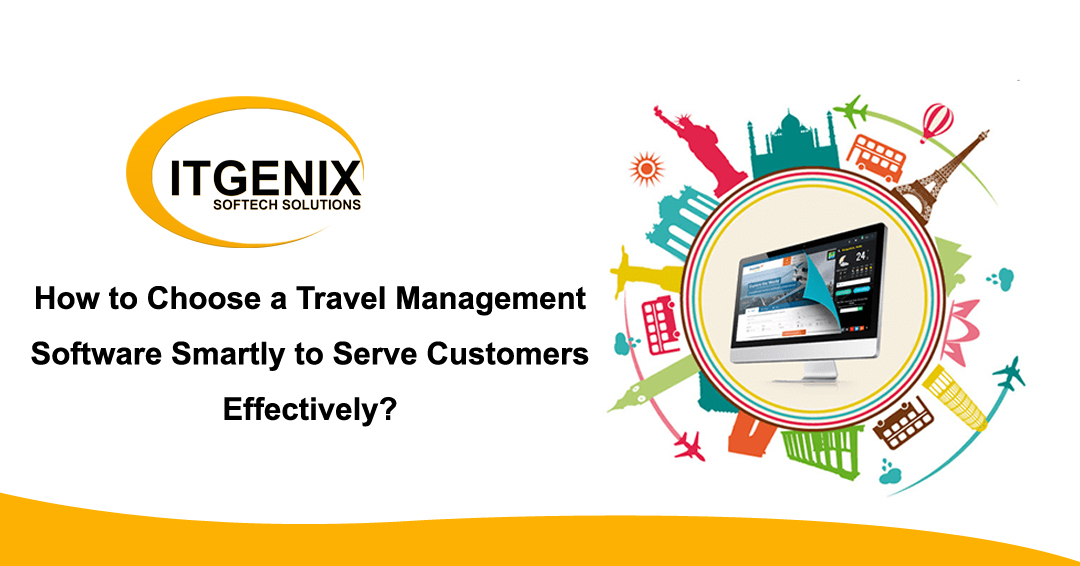


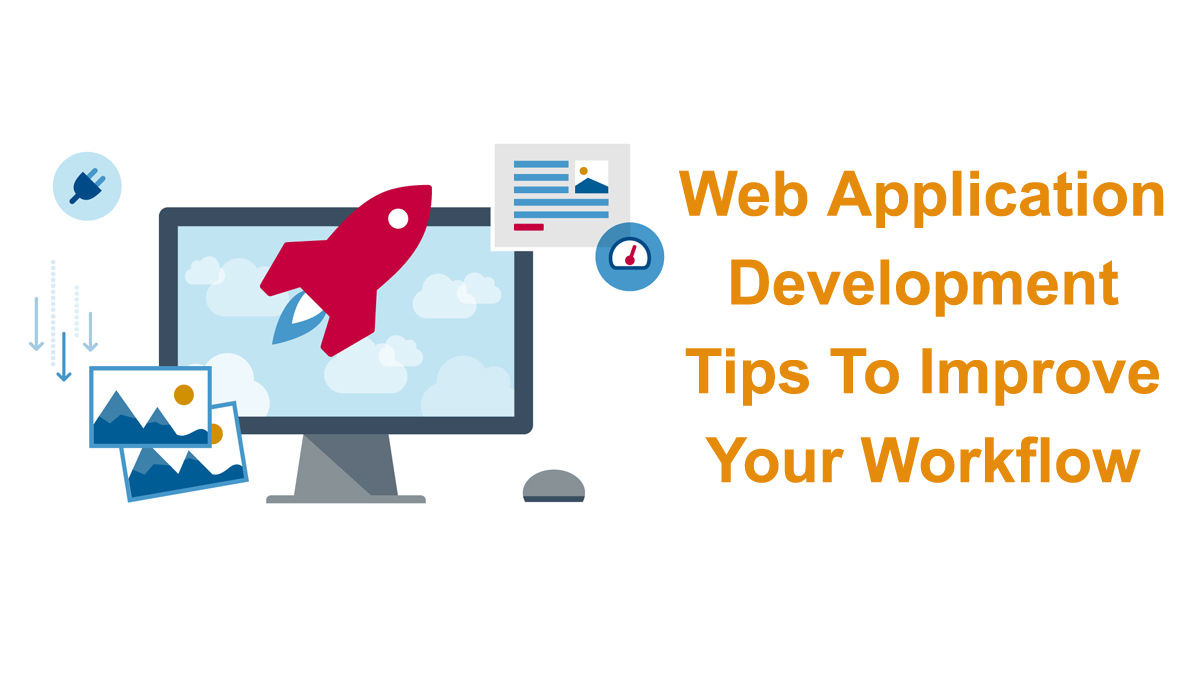
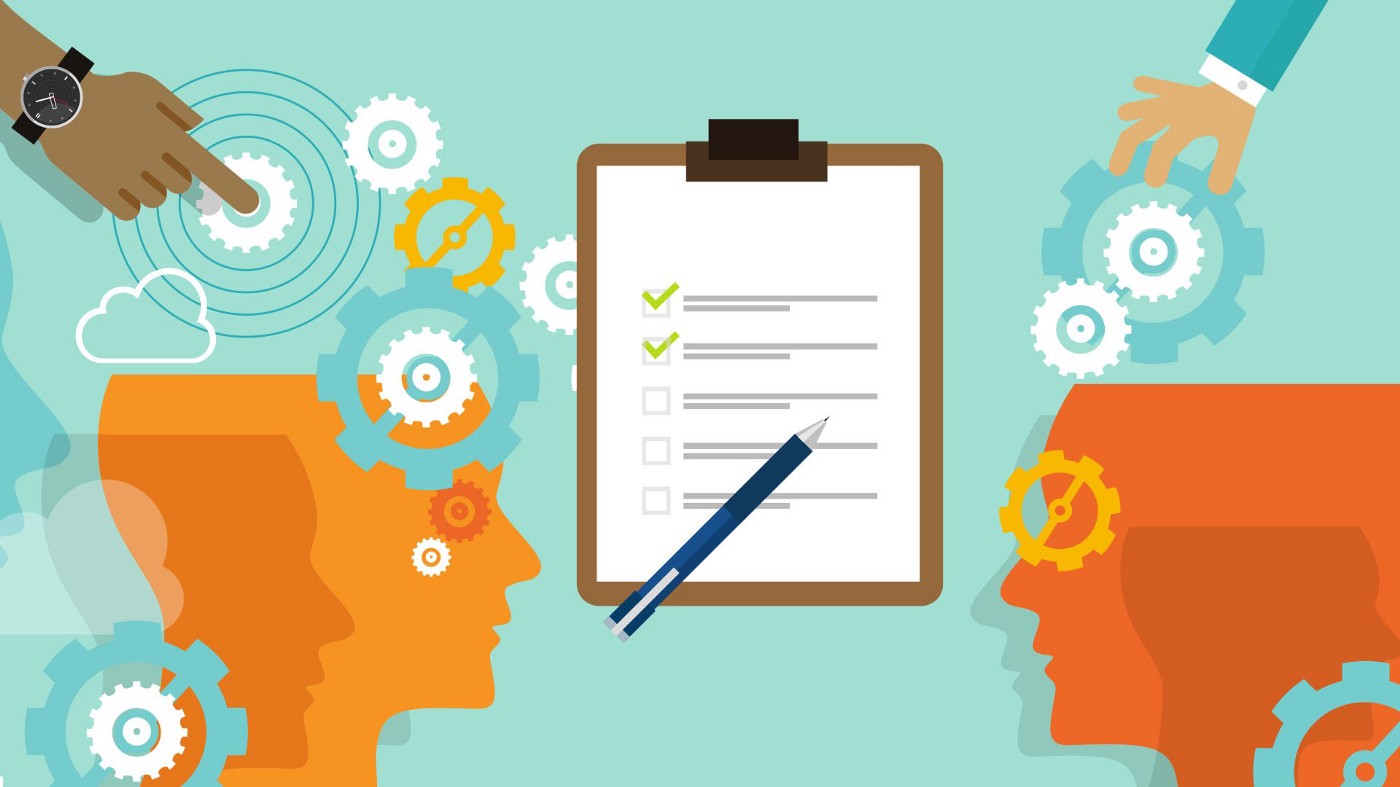
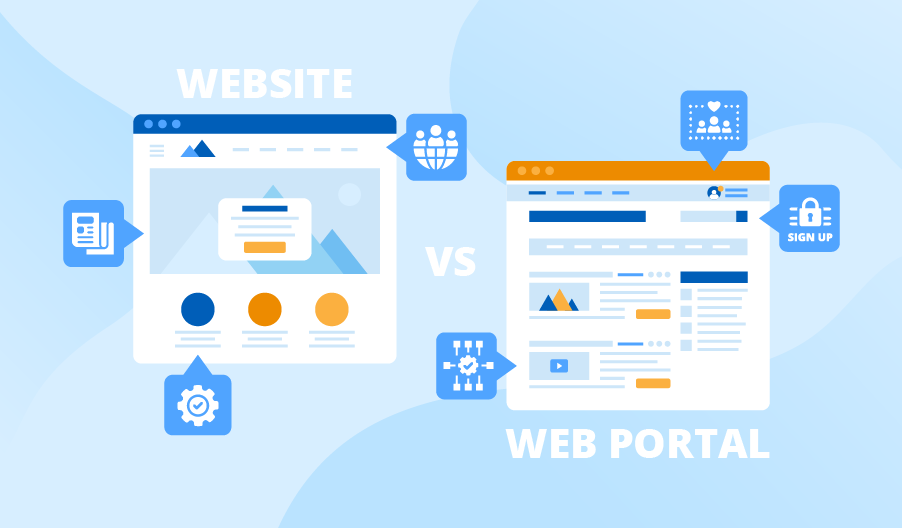
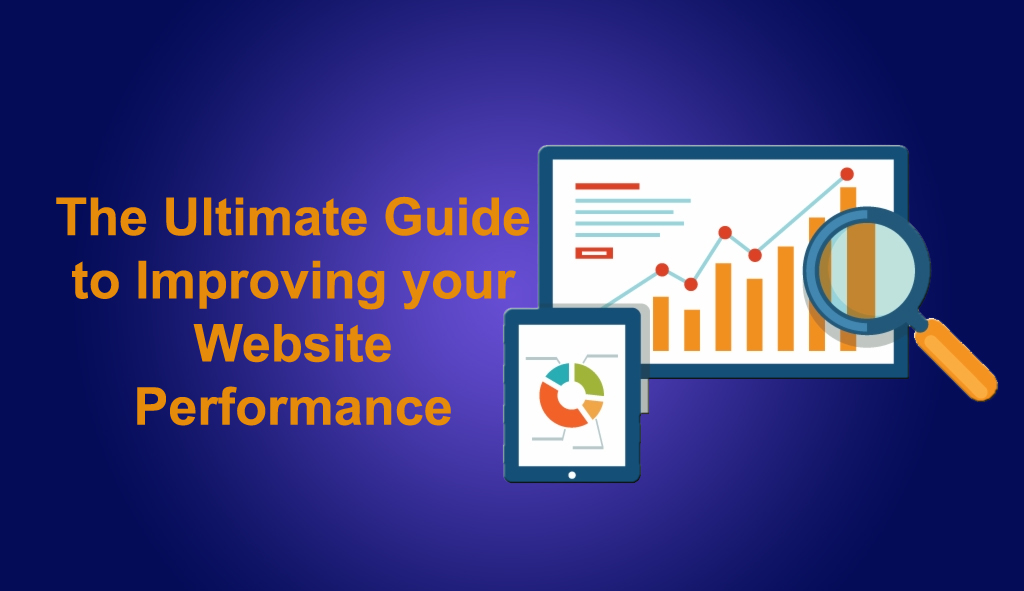

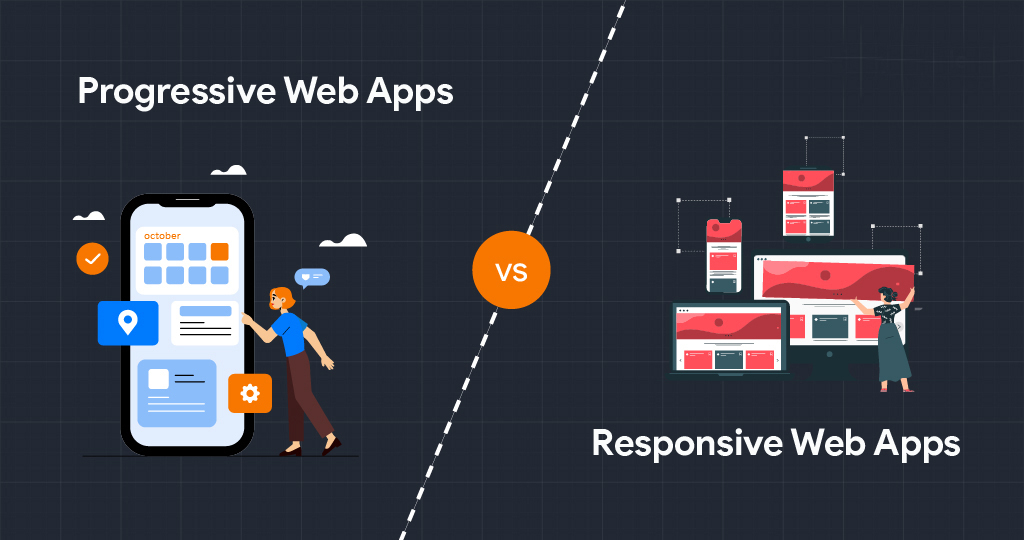










.png)
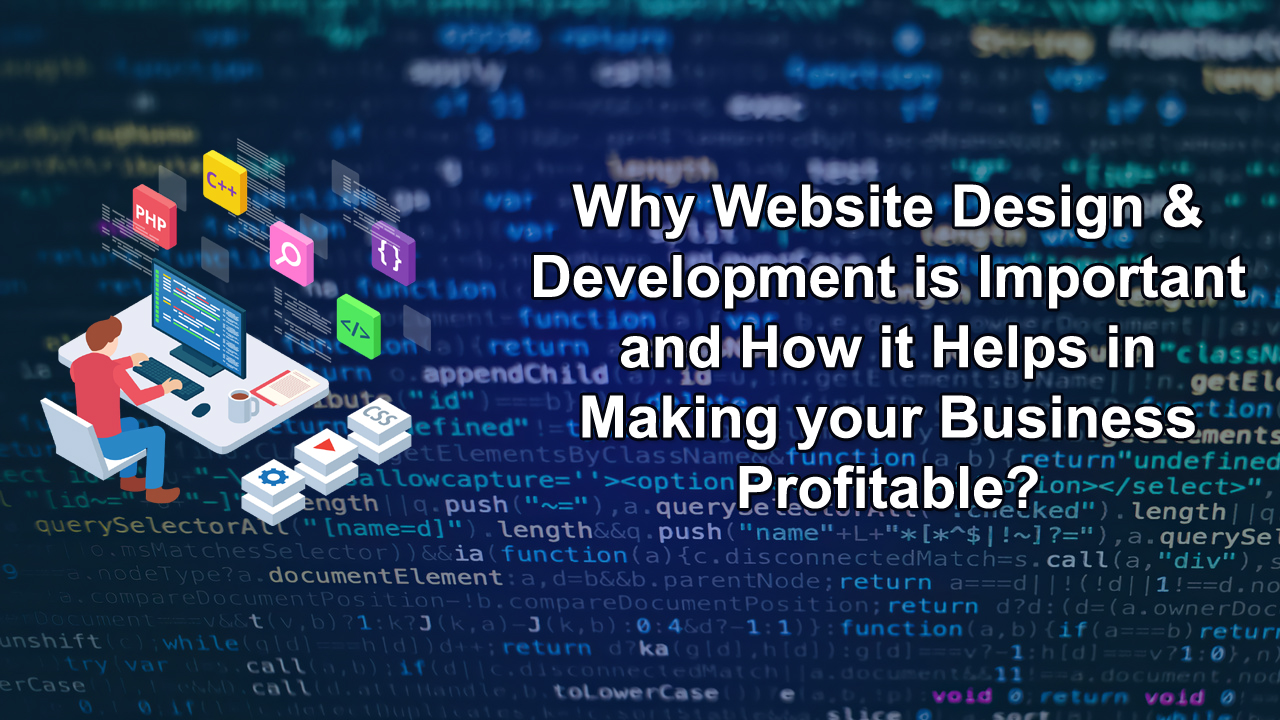
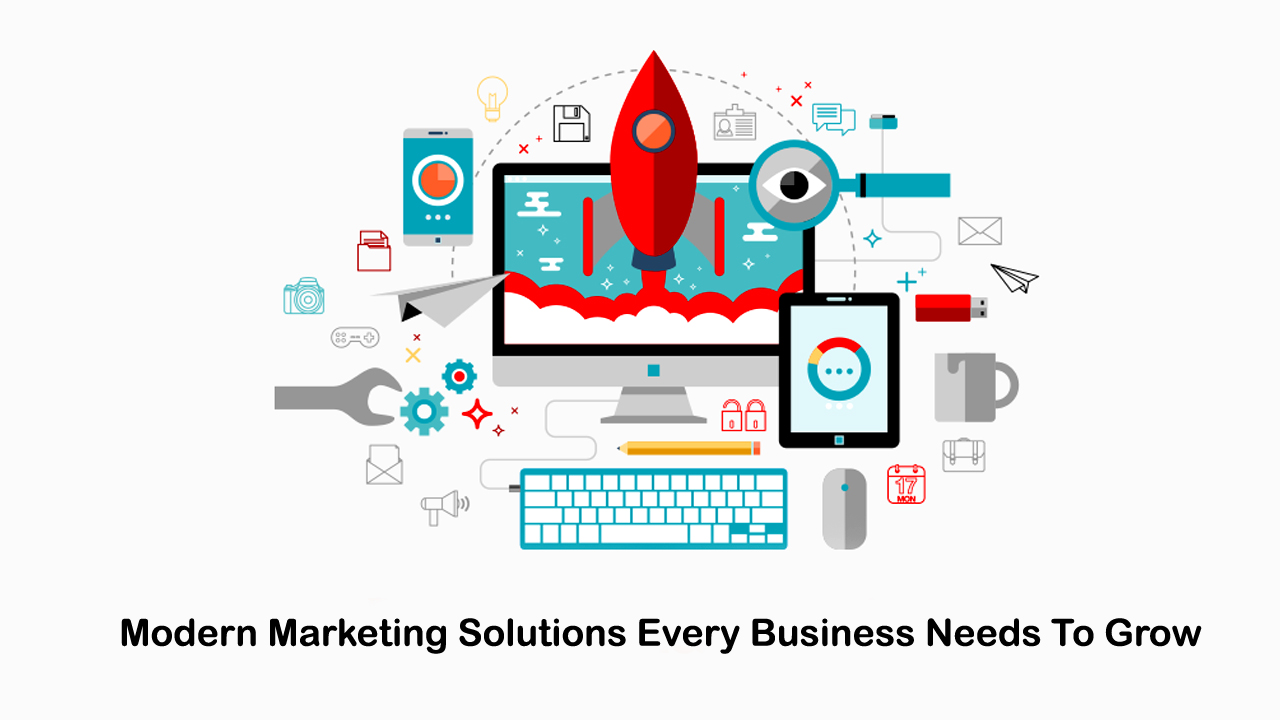

All right reserved by Itgenix Softech Solutions